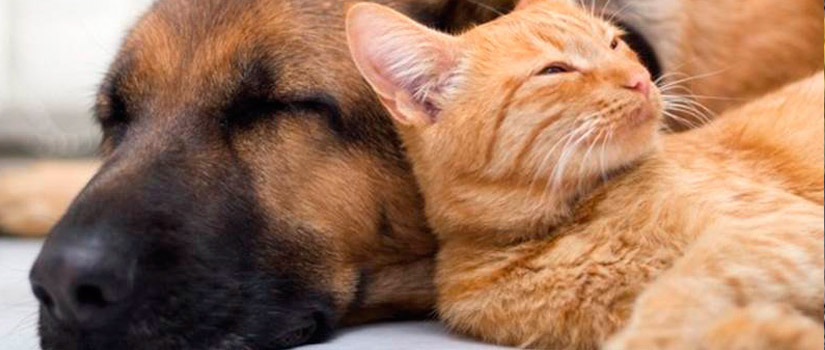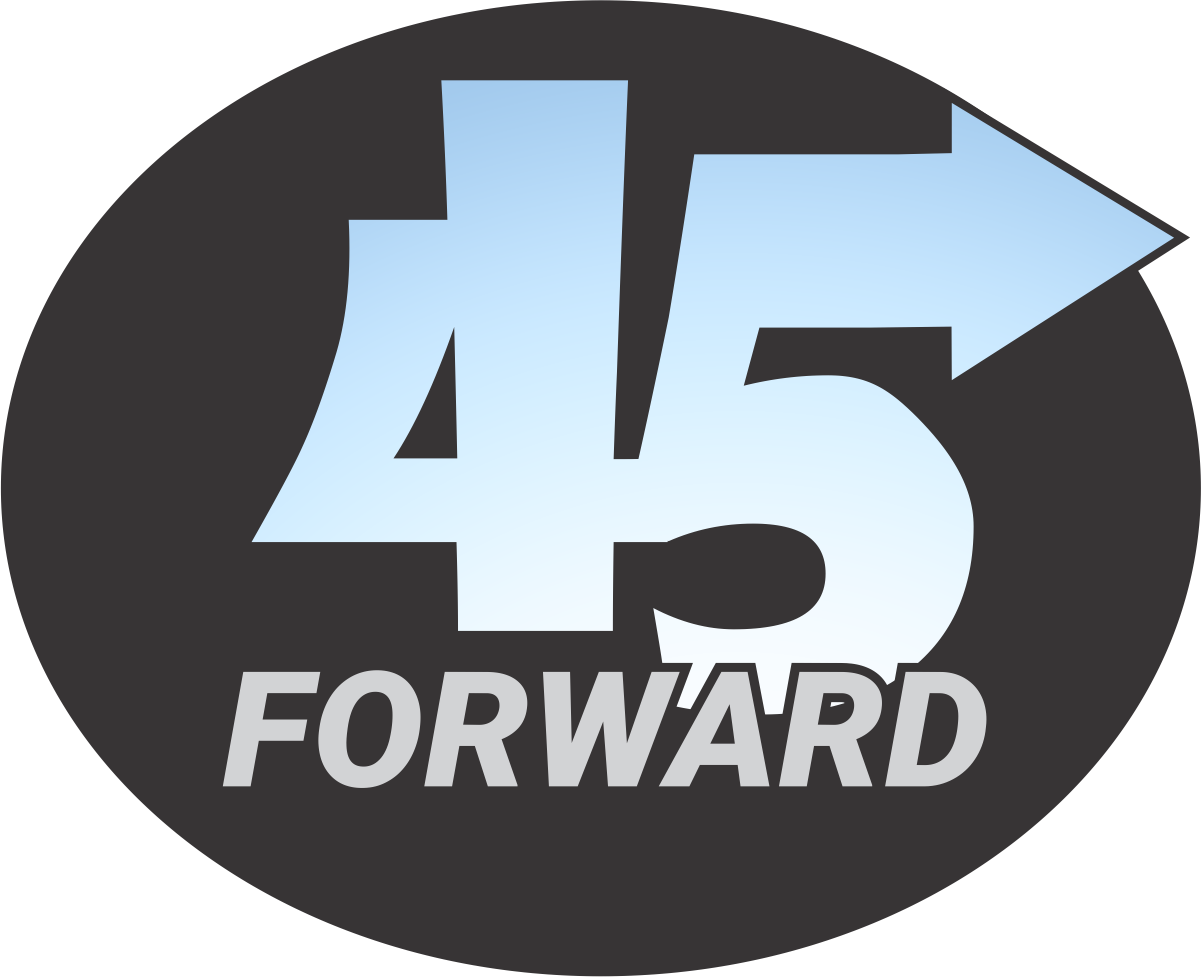HOW DO WE BEAT THE DRIVE TO DIVIDE?
Ron Roel
GROWING UP, I ALWAYS THOUGHT OF MYSELF AS A “DOG PERSON.”
Early on, my mother turned down many pleas to get a family dog–quite understandable, since she was already raising four sons. Eventually, however, my brothers and I prevailed. We persuaded her to allow us to adopt a homeless puppy that was being offered up at our annual church fair (“Please, mom, if we don’t take her, she’ll be put to sleep!”). While mom consented, she practically made us take a blood oath that we–not she–would be responsible for feeding, training, grooming and walking the dog.
Not a problem. I loved animals, especially this German Shepherd-Collie mix we called “Chica.” Chica was everything a dog was supposed to be: loving, loyal, obedient, playful and compassionate. She could sprint and leap like a champion, and I would spend many hours exploring with her in the fields behind our house. Occasionally, cats would stray into our life. We would feed them for a few days, but these feral critters were understandably skittish.
When I grew up, I spent a number of years as an SWP (Single Working Person), moving around from place to place. I never got a dog, probably because like many would-be dog-owners, I was worried that I wouldn’t be home enough to care for it. Still, my yearning for pettable companions never subsided, so I found myself often in the company of cats, sometimes by intention, sometimes by accident. They weren’t dogs, but they did seem more independent and less demanding pets–perfect for guilt-prone boomers.
After I got married, I stayed with cats. My wife also loved dogs growing up, but she had more crossover experience with cats, and since we were dual-career parents with two sons, cats were again an easier family fit. We’ve had a series of kittens-turned cats: Colby, Spicy, Little Girl, and now Prowler and Prowlee, brother-sister adoptees from the local animal shelter. I can’t say that my wife and I were transformed into “cat people,” but a funny thing happened on the way to the cat kingdom.
First of all, my awareness of cats has vastly changed. I’m sure the Internet had had something to do with that. By some accounts, there are about 2 million cat videos posted on YouTube. Of course, there are lots of engaging dog videos, too. The most viewed YouTube video last year was called “Mutant Giant Spider Dog,” a wry sci-fi spoof featuring a medium-sized dog called–I am not making this up–”Chica.”
Still, cat videos have gotten almost four times as many viral views as dogs over the last five years. Perhaps this is not so surprising, considering that one of the earliest short films ever recorded was a 23-second boxing match between two cats shot by Thomas Edison in 1894. (Go ahead, look it up, it’s in the Library of Congress archives.)
Why do cats rule? Ben Huh of the Cheezburger Network has offered several theories, including the notion that generations of cat lovers have bred them to be adorable. “We have created weapons of mass cuteness,” Huh said on PBS’s “Mediashift” two years ago.
Well, maybe. Lofty theorizing aside, I’ve noticed one surprising thing about my cats. They don’t “act” like cats. That is, they don’t exhibit many of the qualities we stereotypically associate with cats. Sure, they’re independent, but not aloof. They clearly prefer hanging with us, rather than being alone. They are loyal–the male, Prowler, to my sons (he believes he’s one of the “guys,” spending most of his time in our sons’ lair); the female, Prowlee, to me and my wife. Both cats, though, will seek affection from any quarter; they paw at my legs when they want to be held. And when my sons study in front of the fireplace, they join them, sprawled out like stretch-limousines.
These are clearly dog-cats. I call them my “dats.”
I know that there are big differences between dogs and cats. I’m not delusional. Dogs are in the canine family, cats are felines. It’s fun to caricature their divergent behaviors, like the Youtube video which concludes, “Dogs teach their young the value of trust; cats teach their young that trust is for suckers.”
Still, for all their differences, cats and dogs no longer seem sharply divided and I see no reason to call myself a dog- or cat-person. In fact, the truth about cats and dogs has evolved into a lesson that seems quite relevant to human species: More specifically, political animals such as Democrats and Republicans, liberals and conservatives.
It’s a year-and-a-half before the next presidential election, and already political candidates are fighting like, well, cats and dogs. Many political observers lament that we have become an increasingly polarized nation, with extremists pushing Democrats farther left and Republicans farther right. Republicans often accuse Hillary Clinton or President Obama of being the polarizer-in-chief; Democrats accuse Ted Cruz of the same.
The news media embrace extreme positions. We like extremes, at least when it comes to telling stories. Polarization makes for better drama. Besides, nuance is harder to explain, it takes too much energy. The problem is, however, that most Americans are not that extreme.
So how do we confront the drive to divide?
Recently, I ran across an interesting book called, The Righteous Mind: Why Good People are Divided by Politics and Religion, by Jonathan Haidt, a social psychologist and professor of business ethics at the New York University’s Stern School of Business. Haidt presents a provocative set of explanations about why it’s so hard for liberals and conservatives to understand each other–asserting, essentially, that they’re part of separate “tribes” bound by different sacred principles and forbidden from understanding each other, lest they be kicked out of their tribe.
At the same time, Haidt identifies a number of fundamental ideas that comprise shared moral systems across different groups: care, fairness, liberty, loyalty, authority and sanctity.
So what’s the end-game of Haidt’s skillfully argued scholarship? For me, it comes down to this: Disparate groups–Republicans and Democrats, liberals and conservatives, cat and dog lovers–are able to remain divided because we have created institutions, practices and communities that encourage such divisions. We separate sides so they no longer know each other. Somehow, we expect them to work out difficult issues, but it can’t be done.
Nevertheless, we do see “plenty of moral change over time,” Haidt said in an interview in Knowledge@Wharton, an online publication. “Attitudes change. It’s not because of arguments; it’s because you get used to it…When you get used to something, it loses its shock value, it loses its disgust value, and you are just much more open.” (Like dog-people getting used to cats).
So there’s the short answer to getting political cats and dogs to understand each other’s moral positions: You find ways to put them together so they eventually get used to each other. Haidt has created one mechanism, a witty website called asteroidsclub.org, for “people who disagree politically but are willing to mutually acknowledge that the other side may see some real threats more clearly than does one’s own side.” (The website’s motto: “I’ll help you deflect your asteroid, if you help me deflect mine.”)
I’ve joined the Asteroids Club–one small step in seeking a house where both cats and dogs, and different points of view, can call home. By the way, you may have noticed, I have not identified Republicans or Democrats as either cats or dogs. So which is which?
I’m not telling. Dat’s your problem.



